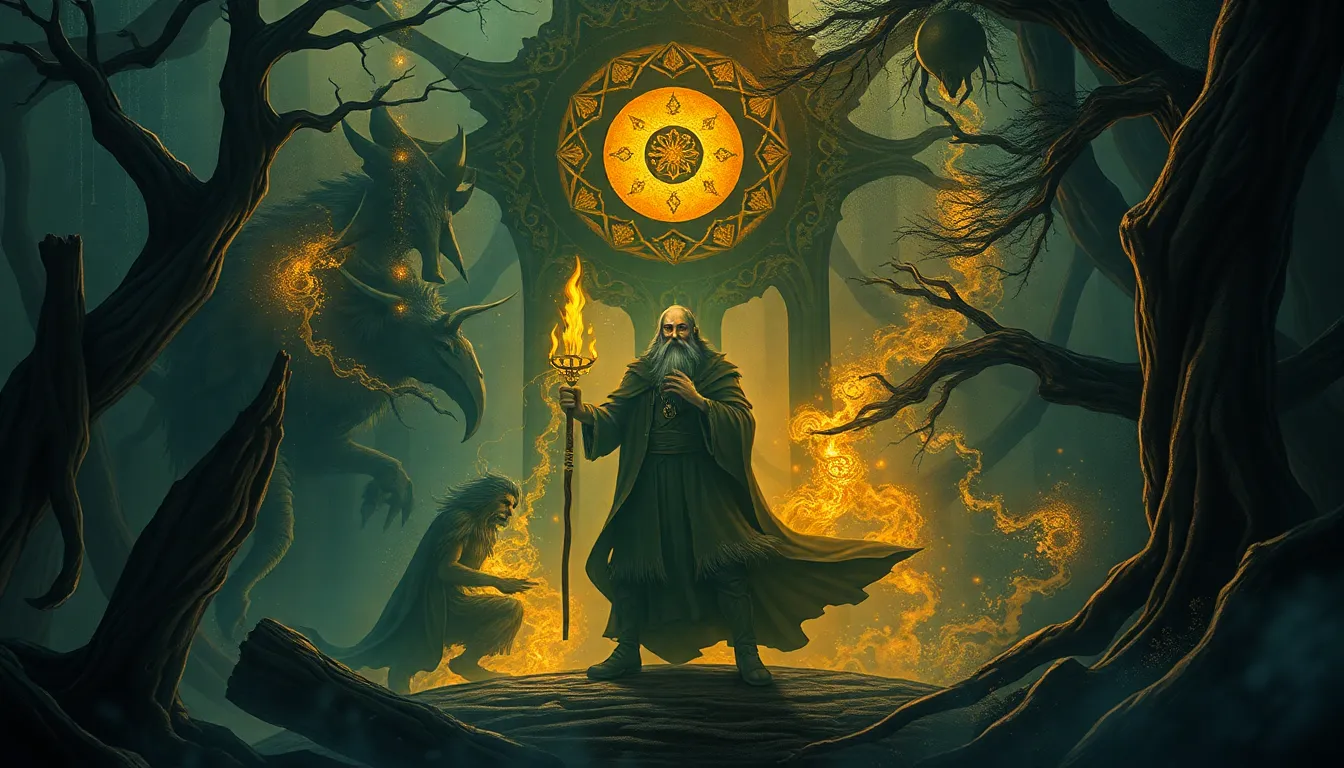The Wisdom of Tricksters: Lessons from Folklore
Introduction to Trickster Archetypes
Tricksters are fascinating figures in folklore, characterized by their cunning, cleverness, and ability to navigate between different worlds. They often embody duality, possessing both mischievous and wise traits. Tricksters challenge norms, create chaos, and ultimately reveal deeper truths about human nature and society.
Across cultures, tricksters play crucial roles, serving as catalysts for change and agents of transformation. They teach valuable lessons about resilience, adaptability, and the importance of questioning authority. Studying trickster figures allows us to explore the complexities of morality, ethics, and social commentary inherent in human experience.
Historical Context of Trickster Tales
The origins of trickster tales can be traced back to ancient cultures, where oral traditions preserved the wisdom of these characters. Over time, trickster figures have evolved, reflecting the values and beliefs of different societies. For instance, the African spider Anansi, the Native American Coyote, and the European Loki each serve unique purposes within their respective narratives.
Comparing trickster tales from various traditions reveals shared themes, such as the disruption of social order and the questioning of established norms. These narratives illustrate the universal human experience of grappling with moral dilemmas and societal expectations.
Cultural Variations of Tricksters
Prominent trickster figures emerge from diverse cultures, each embodying unique traits and stories:
- Anansi: The clever spider from West African folklore, known for his intelligence and storytelling prowess.
- Coyote: A prominent figure in Native American stories, representing cunning and the ability to adapt.
- Loki: The Norse god of mischief, whose actions often lead to chaos and unforeseen consequences.
These figures illustrate how cultural contexts shape the lessons imparted by tricksters. Anansi’s tales often focus on the importance of wisdom and cleverness, while Coyote’s stories emphasize adaptability in the face of challenges.
The Trickster as a Catalyst for Change
Tricksters serve as important agents of change, challenging societal norms and conventions. They provoke thought and inspire transformation through their unpredictable actions. For example, Anansi often outsmarts more powerful beings, illustrating the idea that intellect can triumph over brute strength.
Disruption is a crucial theme in folklore and society, as it allows for reflection and reevaluation of established beliefs. Trickster narratives encourage individuals to question authority and embrace change, highlighting the potential for growth that comes from chaos.
Morality and Ethics in Trickster Tales
The moral ambiguities of trickster behavior present complex ethical dilemmas for audiences. While tricksters often engage in deceit and mischief, their actions can lead to valuable lessons about morality. For instance, Loki’s antics may bring chaos, but they also reveal deeper truths about loyalty and betrayal.
From trickster tales, we learn about the balance between mischief and wisdom. These narratives remind us that ethical behavior is not always black and white and that sometimes, bending the rules can lead to greater understanding.
Psychological Insights from Trickster Figures
Tricksters reflect human nature and psychology, embodying aspects of our subconscious. They represent the playful side of humanity, reminding us of the importance of humor and creativity in coping with adversity. Tricksters challenge us to embrace duality—our capacity for both chaos and order.
The role of humor in trickster tales serves as a coping mechanism, providing relief in difficult situations. These figures symbolize the integration of contrasting elements within ourselves, encouraging growth through play and exploration.
Tricksters in Modern Storytelling
In contemporary literature, film, and media, trickster characters continue to thrive. Modern interpretations often draw inspiration from traditional tales while infusing them with new contexts. Examples of modern tricksters include:
- Jack Sparrow: The charming rogue from the “Pirates of the Caribbean” series, embodying wit and unpredictability.
- Deadpool: A superhero anti-hero whose humor and irreverence challenge conventional storytelling.
- Hannibal Lecter: A complex character who embodies both intelligence and moral ambiguity.
These modern tricksters reflect society’s evolving values and the enduring relevance of trickster archetypes in popular culture.
Lessons for Personal Growth and Resilience
What can we learn from the cunning and cleverness of tricksters? Their stories teach us valuable strategies for embracing adaptability and resourcefulness in daily life. Key lessons include:
- Embrace creativity in problem-solving.
- Use humor to diffuse tension and navigate challenges.
- Be open to unexpected outcomes and learn from them.
By embodying the spirit of tricksters, we can foster resilience and navigate life’s complexities with grace and ingenuity.
The Role of Tricksters in Social Commentary
Tricksters often serve as critics of societal injustices and inequalities, using their cunning to highlight systemic issues. Their tales provoke dialogue and encourage reflection on societal norms. For instance, many Indigenous trickster stories address colonization and cultural loss, prompting audiences to reconsider historical narratives.
Case studies of trickster narratives that address contemporary social issues reveal their power as tools for social commentary. By engaging with these stories, we gain insight into the struggles of marginalized communities and the need for change.
Conclusion: The Enduring Legacy of Tricksters
In summary, the wisdom of tricksters offers valuable lessons that resonate across cultures and time periods. Their ability to challenge norms, provoke thought, and inspire transformation reflects the complexities of human experience. As we continue to explore the legacy of tricksters in folklore, we uncover insights that encourage personal growth, resilience, and a deeper understanding of societal dynamics.



